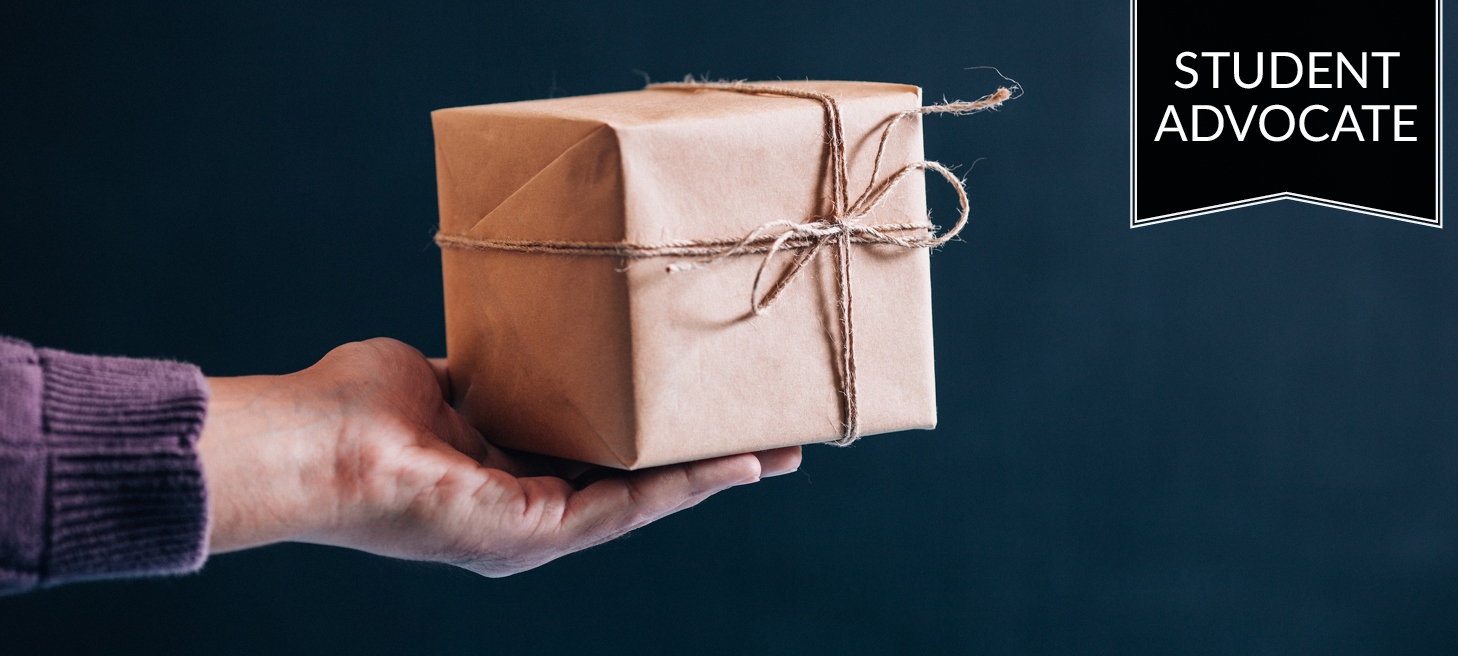Reading Time: 2 minutesJune is here, and several massive changes are just around the corner. First, no more mindfulness columns until next fall! (I know; I’m sad about it too.) Second, summer break is coming up, if you care about that sort of thing. Third (getting serious now), a major transition like the end of the school year offers a special opportunity, and here it is:
Transition periods are among the easiest times to create new habits, according to psychology research. Want to create a simple, low-effort habit that will integrate the practice of mindfulness into your day? Create a mindfulness trigger—something that sets you up for a few moments of mindfulness several times a day.
How to find your mindfulness trigger
Pick any minor, routine activity that you do every day (e.g., washing your hands or flipping on a light switch). Make this activity a mindfulness trigger: Every time you do the activity, try to remember to do it mindfully. That means paying nonjudgmental attention to the experience through your senses.
For example, when you turn on the faucet, think, “Aha! This is my trigger to be mindful.” Then, as you wash, tune your attention into the raw sensory experience of washing: the sensations of coldness, wetness, and contact as the water hits your hands, the sound and sight of the water, and so on.
Be more interested in the sensory experience than in evaluating the experience (e.g., “This feels good!” “Ugh, this water is too cold!”) or telling stories about it (e.g., “I’d better wash fast, I’m running late…”). This exercise has two benefits. It sharpens your mindfulness skills and helps bring mindfulness to the forefront throughout your day. In addition, it turns routine activities into surprisingly rich and enjoyable experiences.
Unless you are the Dalai Lama, you will sometimes forget about your trigger and carry out the activity obliviously. For example, you may wash your hands and not remember until a half-hour later that you were supposed to do so mindfully. That’s OK! This is a practice, and proficiency takes time.
Eventually, remembering this trigger activity will become a habit. Then, when you feel ready, you can add a second activity. Over time, you’ll add more and more mindful moments to your day.













